- What Temperature Should Underfloor Heating Be Set At?
- Why Is the Right Temperature Important for Underfloor Heating?
- How Long Does It Take Underfloor Heating to Warm Up?
- Is It OK to Leave My Underfloor Heating System Switched On All Day?
- What are the Best Flooring Types for Underfloor Heating?
- What Is the Best Water Temperature for In-Floor Heating?
- What are the Common Mistakes to Avoid When Setting Underfloor Heating Temperature?
- Conclusion
- What are the FAQs About Underfloor Heating Temperature?
Here is an complete guide to answer “What temperature should underfloor heating be set at?”. Underfloor heating (UFH) is an efficient and comfortable way to warm a home, providing even heat distribution without the need for bulky radiators.
However, setting the correct temperature is crucial for maintaining both comfort and energy efficiency.
A system that is too hot can lead to wasted energy and potential damage to flooring, while a system that is too cool may not provide adequate warmth.
This guide will cover the ideal temperature settings for underfloor heating, how to adjust it for different flooring types, and best practices for maintaining an efficient heating system.
What Temperature Should Underfloor Heating Be Set At?
The ideal temperature setting for underfloor heating depends on several factors, including room type, flooring material, and whether the system is electric or water-based.
Generally, the surface temperature of UFH should be between 25-29°C, while the ambient air temperature in the room should be between 18-23°C for optimal comfort.
What are the Best UFH Temperature for Different Rooms in the House?
| Room Type | Recommended UFH Temperature (°C) |
| Living Room | 21-23°C |
| Bedroom | 18-21°C |
| Bathroom | 24-26°C |
| Kitchen | 20-22°C |
| Hallways | 18-20°C |
What Temperature Should Water-Based Underfloor Heating Be Set At?
Water-based underfloor heating, also known as hydronic UFH, operates by circulating warm water through a network of pipes beneath the floor.
The recommended flow temperature of the water should be between 35-50°C, depending on the insulation and flooring type.
The surface temperature of the floor should not exceed 29°C to prevent discomfort and potential damage to flooring.
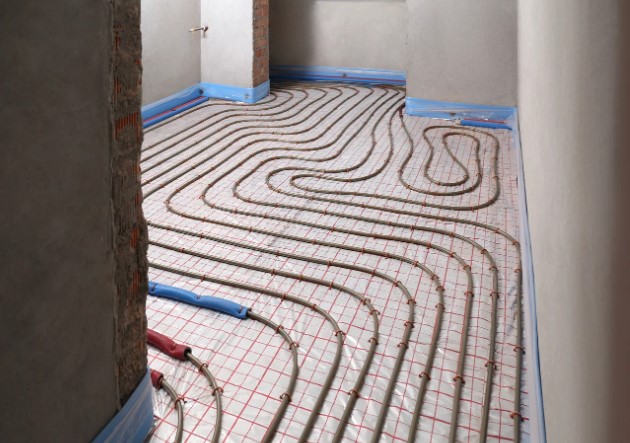
What Temperature Should Electric Underfloor Heating Be Set At?
Electric underfloor heating systems use heating mats or cables installed beneath the flooring.
These systems generally operate at slightly higher surface temperatures compared to water-based systems, with a recommended range of 25-30°C.
Most modern electric UFH systems are controlled via thermostats, allowing precise adjustments based on room usage and personal preference.
Why Is the Right Temperature Important for Underfloor Heating?
Setting the correct temperature for underfloor heating is essential for several reasons:
- Energy Efficiency – A well-regulated UFH system consumes less energy, reducing heating bills.
- Comfort and Warmth – A consistent temperature creates a comfortable indoor environment without overheating.
- Flooring Protection – Certain flooring materials, such as wood or laminate, can warp if exposed to excessive heat.
- System Longevity – Proper temperature settings help maintain the efficiency and lifespan of the heating components.
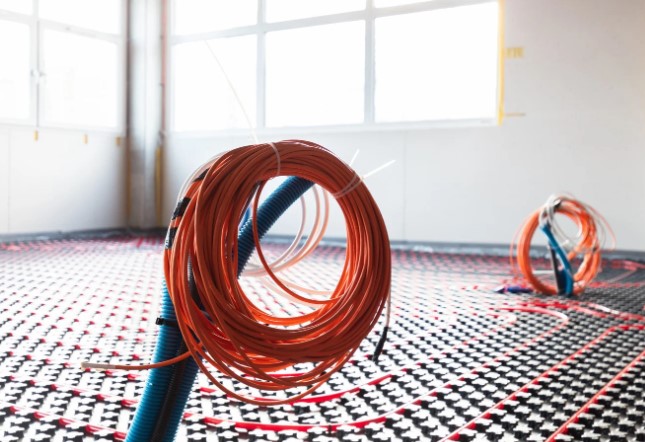
How Long Does It Take Underfloor Heating to Warm Up?
The time required for underfloor heating to reach its desired temperature depends on various factors, such as insulation quality, floor material, and whether the system is water-based or electric.
- Water-Based UFH: Typically takes 2-4 hours to warm up, as water circulates through the pipes and gradually heats the floor.
- Electric UFH: Heats up much faster, often within 30-90 minutes, due to direct heating from the cables or mats.
The use of insulation boards and a well-calibrated thermostat can help reduce warm-up time and improve system efficiency.
Is It OK to Leave My Underfloor Heating System Switched On All Day?
Underfloor heating systems are designed to run efficiently for extended periods, but the best approach depends on the insulation quality and personal heating preferences.
- Well-Insulated Homes: It is recommended to keep UFH on at a low, consistent temperature rather than switching it on and off, as this maintains efficiency and reduces warm-up time.
- Poorly Insulated Homes: If heat loss is high, running UFH all day can be costly. Instead, it is better to use programmable thermostats to regulate heating schedules.
For maximum efficiency, many homeowners set UFH to lower temperatures at night and when the home is unoccupied.
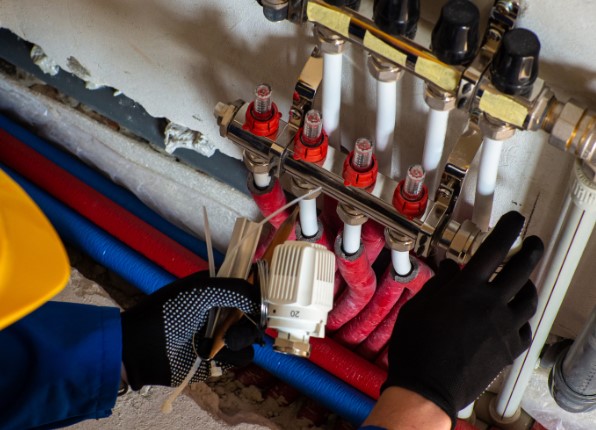
What are the Best Flooring Types for Underfloor Heating?
The choice of flooring significantly affects the efficiency of underfloor heating. Some materials conduct heat better than others, ensuring even warmth distribution and faster heat-up times.
Best Flooring Options for Underfloor Heating
- Tile and Stone: Excellent heat conductors, providing fast and efficient warmth.
- Engineered Wood: Works well with UFH, as it is more stable than solid wood.
- Vinyl and Laminate: Suitable for UFH but require specific temperature limits to prevent damage.
Which Flooring Types to Avoid?
- Thick Carpets: Can insulate the heat, reducing efficiency.
- Solid Hardwood: Prone to expansion and contraction with temperature changes, which can cause warping.
What Is the Best Water Temperature for In-Floor Heating?
The ideal water temperature for in-floor heating should be set based on efficiency and comfort.
- Standard range: 35-50°C (flow temperature in pipes).
- Lower temperatures (35-40°C): Suitable for well-insulated homes.
- Higher temperatures (45-50°C): Required for older buildings with less insulation.
Maintaining a balanced water temperature prevents overheating while ensuring sufficient warmth.
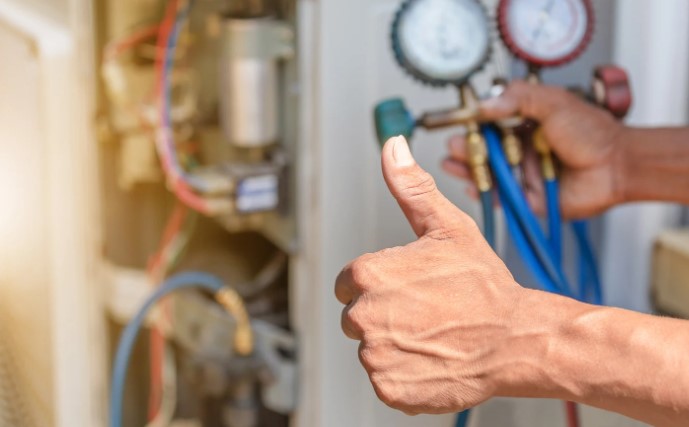
What are the Common Mistakes to Avoid When Setting Underfloor Heating Temperature?
- Setting the temperature too high – This can lead to excessive energy consumption and potential flooring damage.
- Turning UFH on and off frequently – This reduces efficiency and increases warm-up time.
- Not using insulation – Poor insulation leads to heat loss and higher energy costs.
- Ignoring thermostat calibration – A faulty thermostat can cause incorrect temperature readings.
Conclusion
Setting the correct temperature for underfloor heating is essential for achieving optimal comfort and energy efficiency. The ideal UFH temperature depends on factors such as room type, flooring material, and system type.
A well-maintained system with insulation and a smart thermostat can significantly improve performance and reduce heating costs.
By following these guidelines on what temperature should underfloor heating be set at, homeowners can ensure their underfloor heating system operates efficiently, providing a warm and comfortable environment all year round.
What are the FAQs About Underfloor Heating Temperature?
1. What temperature should underfloor heating be set at at night?
For nighttime use, it is recommended to set underfloor heating between 18-20°C to maintain comfort without excessive energy use.
2. Can I leave underfloor heating on overnight?
Yes, underfloor heating can be left on overnight, but lowering the temperature to a more energy-efficient setting is advisable.
3. Does underfloor heating take longer to heat up than radiators?
Yes, underfloor heating takes longer to heat up, but it provides more consistent warmth and retains heat for longer periods.
4. Should underfloor heating be at a different temperature for different flooring types?
Yes, tile and stone can handle higher temperatures, while wood and vinyl require lower settings to avoid damage.
5. How can I make my underfloor heating more efficient?
Efficiency can be improved by using proper insulation, a programmable thermostat, and maintaining a consistent temperature rather than frequently adjusting settings.

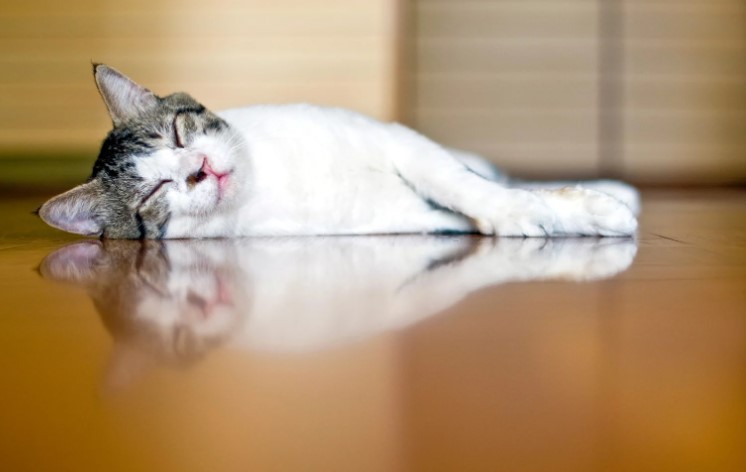
0 Comments